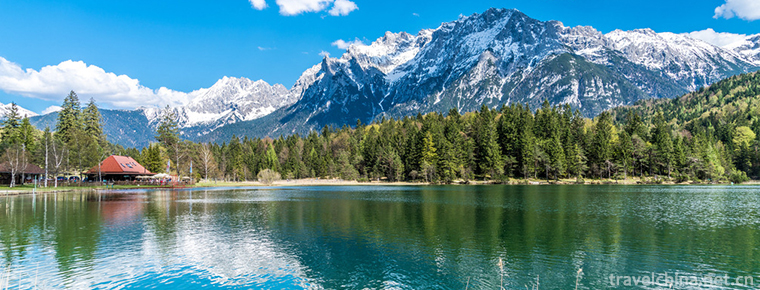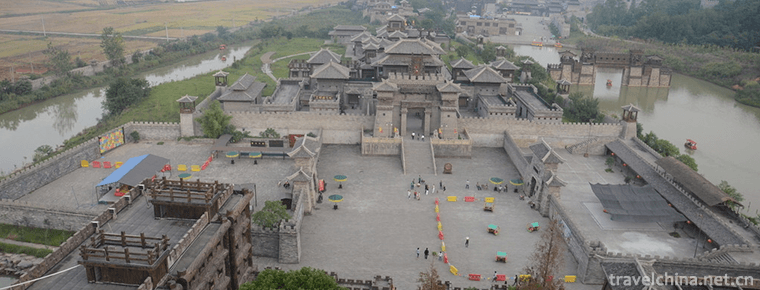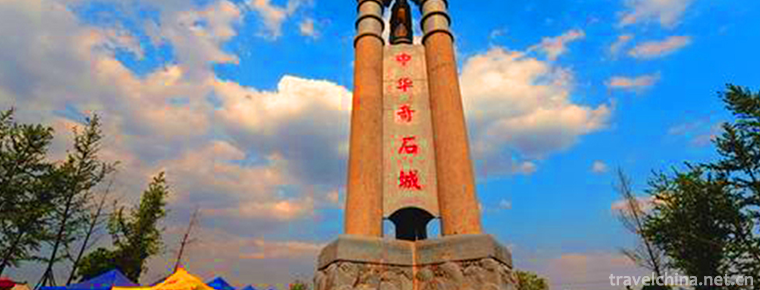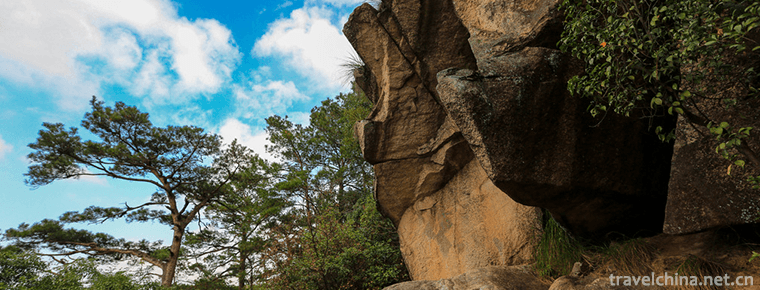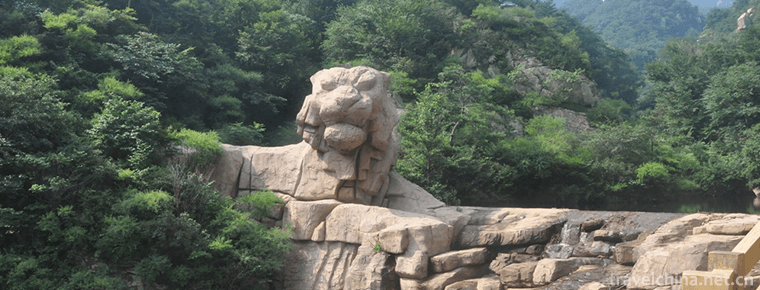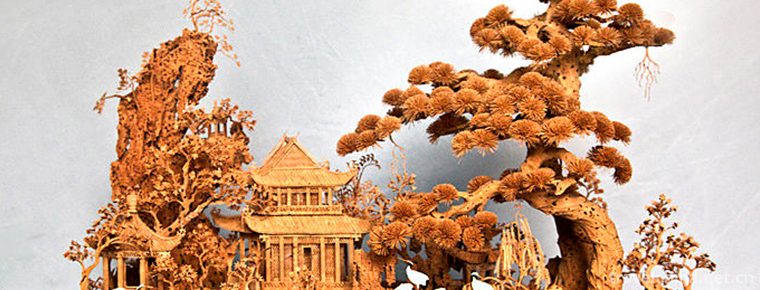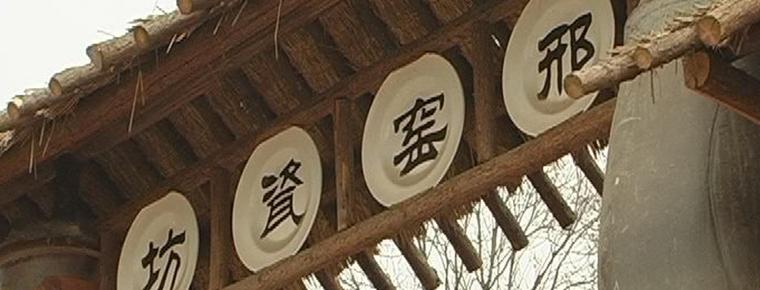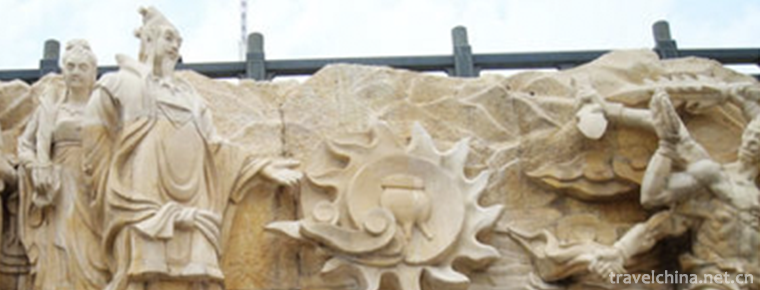Saban Festival of the Tatar Nationality
Saban Festival of the Tatar Nationality
The Saban Festival (also known as Ploughshare Festival) of the Tatar Nationality is a unique traditional festival of the Tatar Nationality. Every year, after the spring sowing of all the farmers in the village, the Tatar people hold a mass collective celebration. Tatar is called "Umaik" or "League Club". The celebration ceremony was held at the edge of the field. The main activities included wrestling, pole climbing, singing, dancing and running.
One of the earliest inscriptions of "Tatar" appeared in Erhunyesse. The Tatars in Xinjiang migrated from Kashan, Tiemiliqi and Zhaisang in the 19th century to settle in the northern part of Xinjiang. According to 2002 statistics, the Tatar population in Xinjiang is over 4700 people, mainly living in parts of northern and southern Xinjiang. On July 24, 1989, the first Tatar Autonomous Township was established in Daquan, Qitai County.
On June 7, 2008, the Saban Festival of the Tatar Nationality declared in Tacheng District of Xinjiang Uygur Autonomous Region was listed in the second batch of national intangible cultural heritage list with the approval of the State Council.
On May 23, 2011, the "Saban Festival of Tatar Nationality" declared by Qitai County of Xinjiang Uygur Autonomous Region was listed in the third batch of national intangible cultural heritage list with the approval of the State Council.
historical origin
Sarban is a happy and traditional festival. It is also a great display of Tatar costumes, diet, music, dance and games. Its content is very rich. The annual Sarban Festival, also known as the Plough Festival, is an important festival of the Tatar nationality. It is similar to the Spring Festival of the Han nationality. It is usually held during the busy farming period after spring ploughing. The time is about June 20-25, and there is no fixed date.
There are two theories about the origin of Sarban. Legend has it that "Saban" is the name of the wild plants growing in Central Asia. The ancestors of the Tartar nationality engaged in grazing and farming in history, and hunted at the same time.
Every spring and summer, when people return from grassland and farmland, they meet on the grassland beach where the grass is in full bloom, and carry out some cultural and sports activities. This ancient custom has been followed to this day. However, with the passage of time, the activities of our ancestors have been endowed with new content, which has become today's Sarban Festival full of folklore. Sarban Festival is also known as Plough Festival, because in the past, when Sarban Festival was held, it was the spring farming season.
In the bright spring season, people wear Festival dress, bring rich food, gather in pleasant suburban scenery, play national musical instruments, sing and dance, carry out various recreational activities, congratulate each other on the festival, also wish spring ploughing smoothly, hoping to get a bumper harvest of agriculture. Later, due to climate and environmental changes, the date of the festival changed and was postponed to the middle of June.
Sarban Festival is a festival entirely produced from production practice. This festival also reflects the simple thoughts of the Tatar people who love work and life, praise work and life.
Festival activities
Before the beginning of the festival, there is a ceremony of ploughing the field by a horse, dragging an ancient plough into the field as a plough. At this time, the host will speak and announce the beginning of the festival. At that time, people cheered and waited for the team that performed many literary and sports programs to enter. Before that, young Tatar men and women had rehearsed many times, waiting for the day to show their skills. Accompanied by accordion, Bayan, Mandalin and other instruments, people sang ancient "Guilla", "Sabantoy" and modern Tatar songs, and danced the Tatar dance. The content of the program is also rich, including small chorus, big chorus, instrument ensemble, collective dance and so on. When dancing, almost all men and women, old and young, go to battle together, eight immortals cross the sea, each showing its ability. People express their joy through their dancing and singing. Many Tatar families come on this day to give performances for you. The rich and colorful programs are so dazzling that people sing and dance to celebrate the festival.
The main festivals of the Tatar people are Meat Zi Festival and Gurban Festival. In addition, "Saban Festival" (also known as Ploughshare Festival, Ploughshare Festival) is a unique traditional festival of the Tatar people, "Saban Festival" (Ploughshare Festival) is an annual grand event, mostly held in beautiful places, such as singing and dancing, tug-of-war, and so on.
Horse racing, wrestling and other mass activities. Tatar is an agricultural nation, "Saban" and Kirgiz, meaning "celebrating spring ploughing". Every year after the end of spring ploughing, we celebrate the end of spring ploughing and hope for a prosperous autumn. This kind of celebration is called "Umaik" in Tatar, which is the "League Meeting". Villagers participate in the celebration. The celebrations are held in the fields or in the fields and presided over by prestigious elders. The main activities are wrestling, pole climbing, singing, dancing, racing, tug-of-war and horse racing. The winners will receive prizes such as handkerchiefs, scarves, embroidered shirts and so on. The main content of the festival is the couplet singing, adults singing hope for a bumper harvest; young people singing friendship and love; young people singing around the crowd: "Rain, rain, fast down, we should not be hungry, never see the plague like a lion." When the masses were singing, they also sang songs to teach lazy people: "Don't wander home quickly, turn wine bottles into horses, turn wine bottles into ploughs, and plant crops honestly."
Inheritance Significance
Sarban disappeared until 1986. When we study the age and season of ethnic minorities in Xinjiang, it is of great practical significance for us to study and sort out the Sarban Festival of the Tartar Nationality in order to develop production, strengthen national cohesion and promote social harmony.
Academically speaking, Sarban Festival is of great significance and value to the study of folklore, humanities and sociology, and should be protected and inherited.
Inheritance and Protection
The state and autonomous region invest nearly 20 million yuan annually in the protection of national traditional culture, such as "Xinjiang Uygur Mukam Art", "Uygur Daolang Maxirev", "Kazakh 62 Kuhner", "Kirgiz Kumzi Art", "Tajik Eagle Dance", "Xibo Westward Movement Festival" and "Tatar Sarban Festival". In the protection.
Intangible cultural heritage is an important gene of national cultural ecology. At the end of 2005, Xinjiang launched a survey of intangible cultural heritage with the longest history, the largest scale, the largest number of participants and the widest coverage. After the census, 3772 items of intangible cultural heritage resources in Xinjiang have been confirmed, of which more than 95% are ethnic minorities. Today, Xinjiang has 52 national intangible cultural heritage projects, 185 at the autonomous region level, 535 at the prefectural (prefectural, municipal) level and 2480 at the county (municipal) level. The state and Xinjiang governments allocate 10 million yuan annually to the protection of intangible cultural heritage of ethnic minorities in Xinjiang.
With the support of the Research Center for the Protection of Non-material Cultural Heritage in the Autonomous Region, in 2006 and 2008, 63 non-material cultural heritage projects in Xinjiang were listed in the first and second batches of national non-material cultural heritage lists.
Tatar folk traditional festivals: Tatar people believe in Islam, so like other brothers and nationalities who believe in Islam, the three major festivals are their main festivals. In addition, the Tatar people also celebrate the traditional festival of their own nation, Saban. Sarban Festival: also known as "Plough Festival", mostly held in beautiful places in spring. Tatars are good at singing and dancing, and love drama, music and singing and dancing. Tatar music has clear rhythm, flowing melody and short passion. The traditional instruments of the Tatar nationality include Muxiao and harmonica, as well as accordion, mandolin, seven-stringed Violin and other instruments. In all kinds of traditional festivals, we have to dance traditional dances. In the activities of singing and dancing, the traditional dancing habits of the Tatars are women playing male roles.
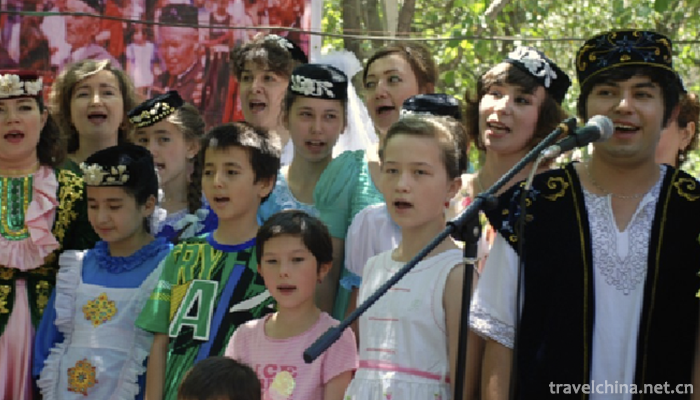
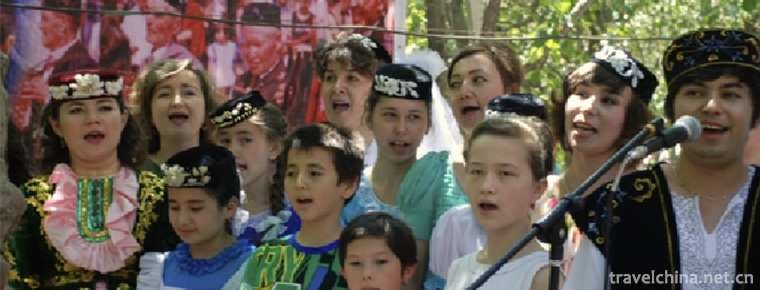
Saban Festival of the Tatar Nationality
-
Changbai Mountains
Changbai Mountains are the birthplace of the Yalu River, Songhua River and Tumen river. It is the birthplace of Chinese Manchu and the sacred mountain of Manchu culture
Views: 236 Time 2018-10-30 -
Chibi ancient battlefield
The ancient battlefield of Chibi in the Three Kingdoms, where the battle of Chibi took place, is located on the South Bank of the Yangtze River in the northwest of Chibi City, Hubei Province
Views: 422 Time 2018-12-12 -
Strange Stones city in China
Located one kilometer north of Feixian Town, Linyi City, Shandong Province, China's largest ornamental stone base, national AAAA scenic spot, Shandong Province's key cultural tourism industry projects
Views: 159 Time 2018-12-22 -
Danxia Chishui
Danxia National Geopark in Chishui City, Guizhou Province, is located in the southern edge of Sichuan Basin, close to the northern foot of Daloushan Mountain in northern Guizhou Province and the weste
Views: 231 Time 2019-01-05 -
Drum Mountain
Gushan is located in the east of Jin'an District, Fuzhou City, Fujian Province, and on the North Bank of Minjiang River. It is about 8 kilometers away from the downtown area. It is one of the most fam
Views: 135 Time 2019-01-12 -
Lion Mountain Scenic Area
Lion Mountain Scenic Area is located in the east of Shaoshan Scenic Area, which is divided into Lion Mountain Scenic Area and Benbenling Scenic Area.
Views: 395 Time 2019-02-08 -
Pudong Storytelling
Pudong storytelling, also known as cymbal books, Shanghai books, peasant books and so on. Pudong pays equal attention to both storytelling and singing, pays attention to plot, and has a fast rhythm. T
Views: 136 Time 2019-06-09 -
Cork paintings
Cork painting, also known as cork carving, woodcut. Chinese traditional folk sculpture crafts. It is mainly produced in Fuzhou, Fujian Province. It is a handicraft combining carving and painting. Simp
Views: 182 Time 2019-06-11 -
Sintering Techniques of Xingyao Ceramics
Xingyao firing technology is a local traditional handicraft in Hebei Province. Xing kiln is a famous northern kiln in China. As early as the Northern Dynasty, Xing kiln began firing celadon and a smal
Views: 249 Time 2019-07-08 -
Legend of Dayu
Dayu's water control is a great project in the ancient times of our country. It once benefited mankind and became a symbol of the strength and wisdom of the ancient people of our country. Until the Sp
Views: 245 Time 2019-07-16 -
Chengdu Normal University
Chengdu Teachers College is an undergraduate teacher's college in Sichuan Province, which is a pilot University for the overall transformation of Sichuan's comprehensive reform. The school's predecess
Views: 337 Time 2019-08-31 -
University Of Science and Technology Beijing
Beijing University of Science and Technology was established in 1952 by the Department of Mining and Metallurgy of 6 famous universities in China, such as Tianjin University (formerly Beiyang Universi
Views: 191 Time 2019-09-06
